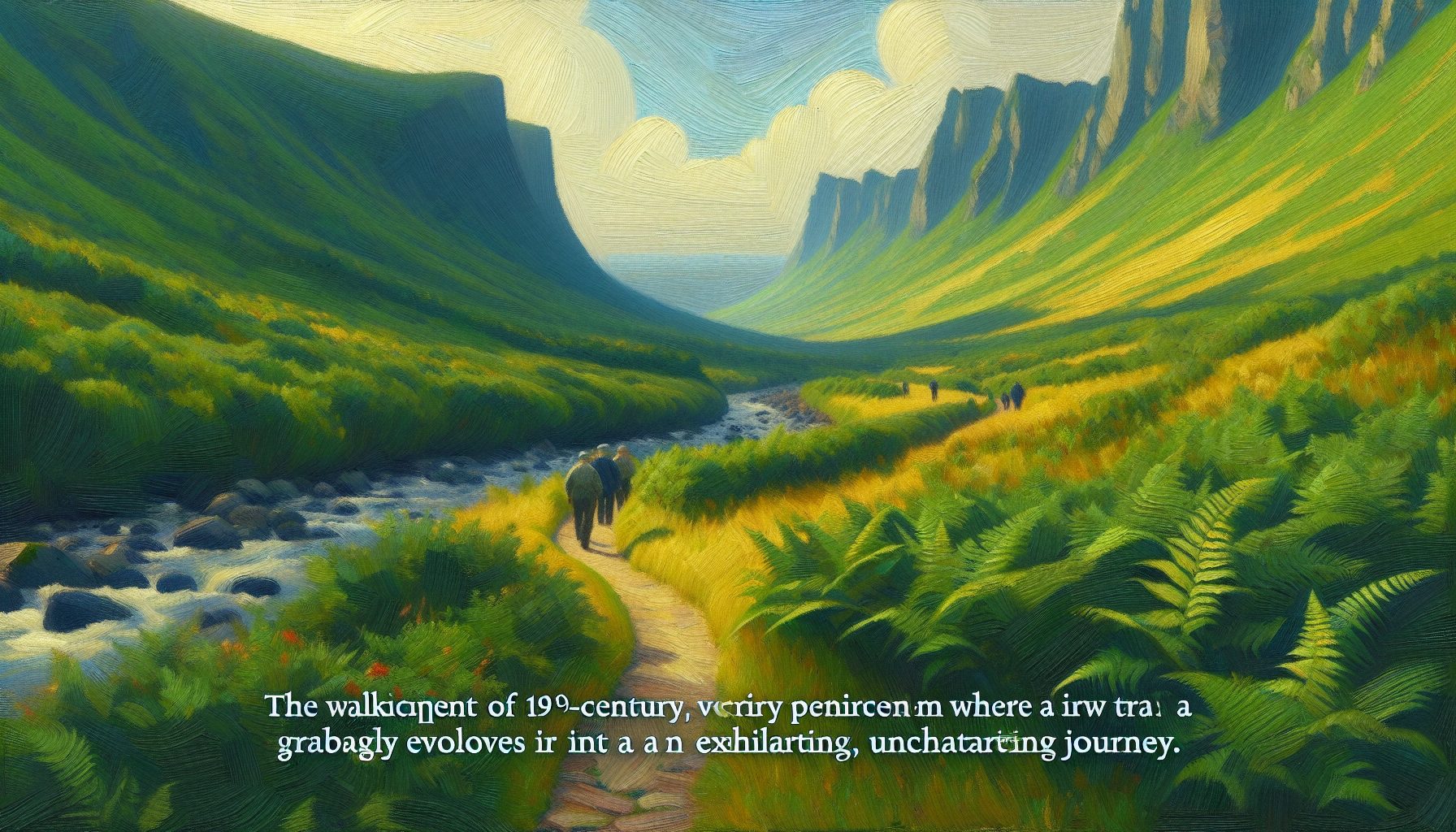November was a busy month for the music industry. Early in the month, Apple introduced its iTunes Match service, which allows consumers to sync their music libraries across multiple devices using the cloud. iTunes Match also lets users download past purchases and upgrade tracks to high quality 256-Kbps AAC DRM-free recordings?all for a fee of $25 per year.
Then in mid-November, Google announced Google Music, which lets users upload their music library, share tunes via Google+ and purchase tracks. Jamie Rosenberg, director of digital content for Google, described it as ?about artists and their music and new ways to connect them to their fans.? Users can upload up to 20,000 songs and download music from the company?s Android store. Meanwhile, Amazon?s Cloud Drive, introduced last March, offers 5 GB of free storage and lets users stream their library from the cloud.
Other services, including, Rhapsody, Spotify and Pandora have also moved to a more consumer-friendly model.
After years of stumbles and miscues, it appears the music industry is finally getting on track. Not only is it embracing a functional digital business model, it?s making it easy for consumers to manage digital libraries and access music they?ve purchased anywhere, anytime and on any personal device.
Unfortunately, the movie industry seems to be mired in the past and resisting change. Hollywood?s new UltraViolet DRM, which aims to make it simpler to access movies, has gotten thumbs-down reviews. Many consumers have posted harsh comments about its complexity and some experts have noted that the system?s ?locker? format means that the company can pull the movies at any time.
A tangle of DRM formats, many of which have come and gone in recent years, haven?t done much to stamp out piracy. Of course, P2P file sharing systems abound and the only thing that has prevented more widespread piracy is the sheer size of movie files. As bandwidth continues to grow over the next several years, this barrier will fall. Making matters worse, the studios continue to limit access to streamed content by sticking to legacy pricing models. Netflix, which invented the streaming market, doesn?t carry a substantial number of new releases because they?re too costly, notes Steve Swasey, VP of Corporate Communications.
In this new world order, a legitimate delivery system must compete with illegal P2P capabilities and not penalize honest customers. Netflix?s subscription model has partially accomplished this task but it does nothing for those who wish to buy digital film content and have it easily accessible. Whether the movie industry gets tuned into the realities of the digital age remains to be seen. Stay tuned.








